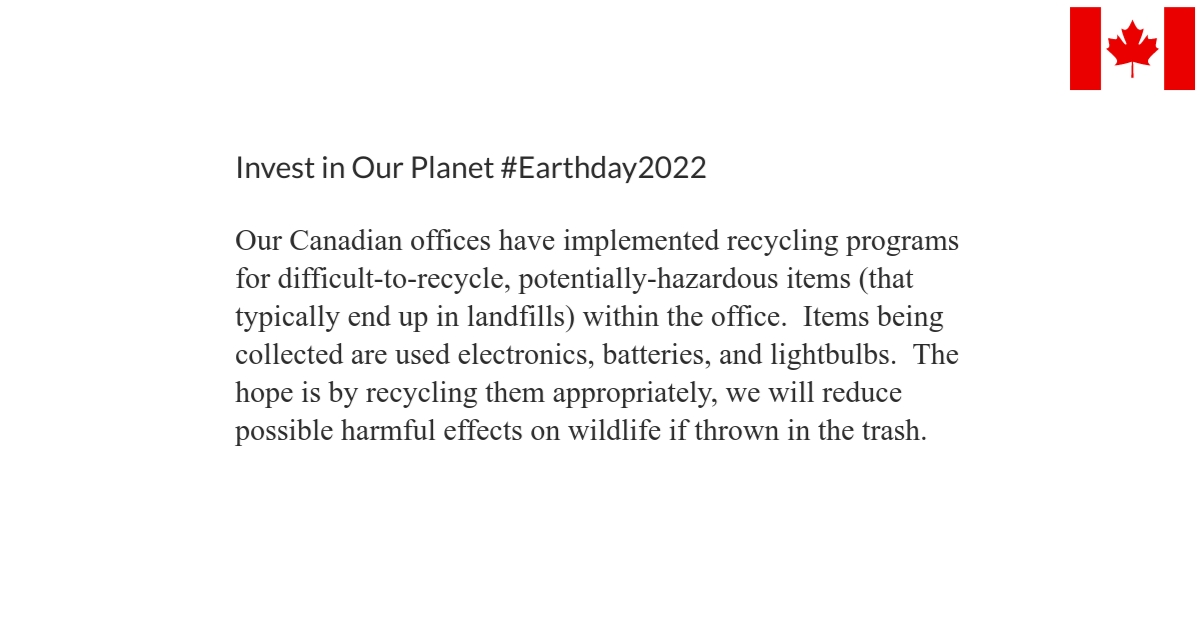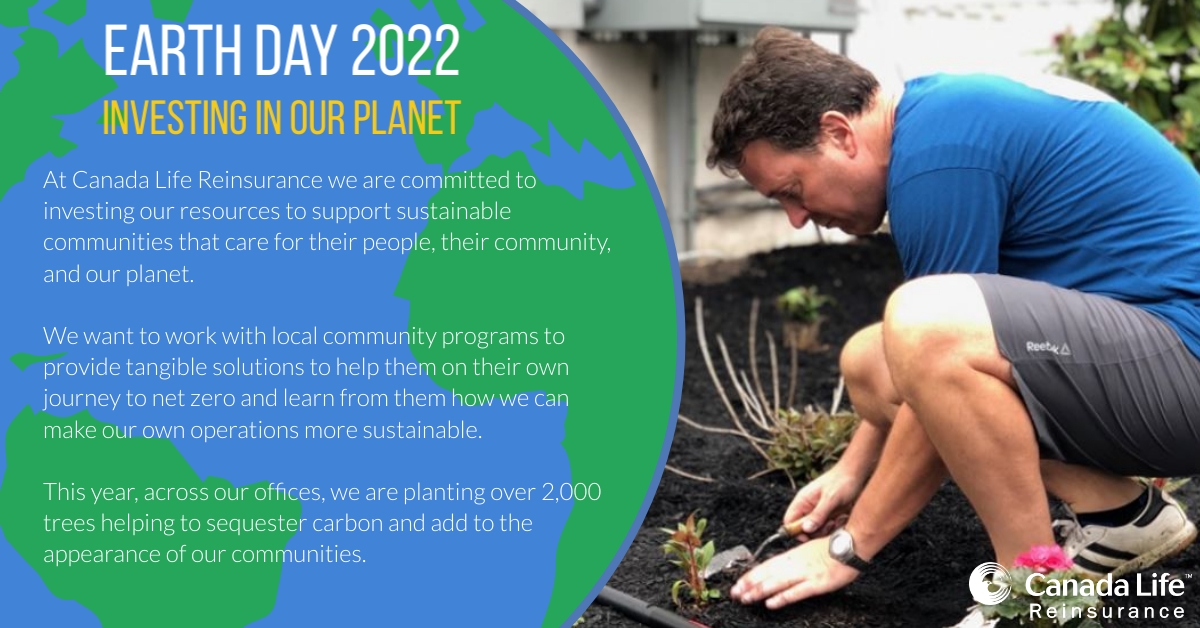“Preserve and cherish the pale blue dot, the only home we’ve ever known.” —Carl Sagan
Now a global celebration that’s sometimes extended into Earth Week, a series of events focused on green living and confronting the climate crisis. The brainchild of Senator Gaylord Nelson of Wisconsin, and inspired by the protests of the 1960s, Earth Day began as a “national teach-in on the environment” and was held on April 22 to maximize the number of students that could be reached on university campuses. By raising public awareness of pollution, Nelson hoped to bring environmental causes into the national spotlight.
Denis Hayes, a young activist who had served as student president at Stanford University, was selected as Earth Day’s national coordinator, and he worked with an army of student volunteers and several staff members from Nelson’s Senate office to organize the project. According to Nelson, “Earth Day worked because of the spontaneous response at the grassroots level. We had neither the time nor resources to organize 20 million demonstrators and the thousands of schools and local communities that participated. That was the remarkable thing about Earth Day. It organized itself.”
Today, the Earth Day Network collaborates with more than 17,000 partners and organizations in 174 countries. According to EDN, more than 1 billion people are involved in Earth Day activities, making it “the largest secular civic event in the world.”
Thanks to our Sustainability committees, Earth Day is recognized in all of our offices!
 |
  |
 |
 |
 |

